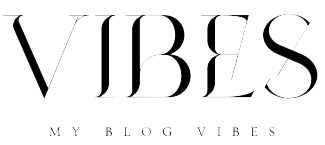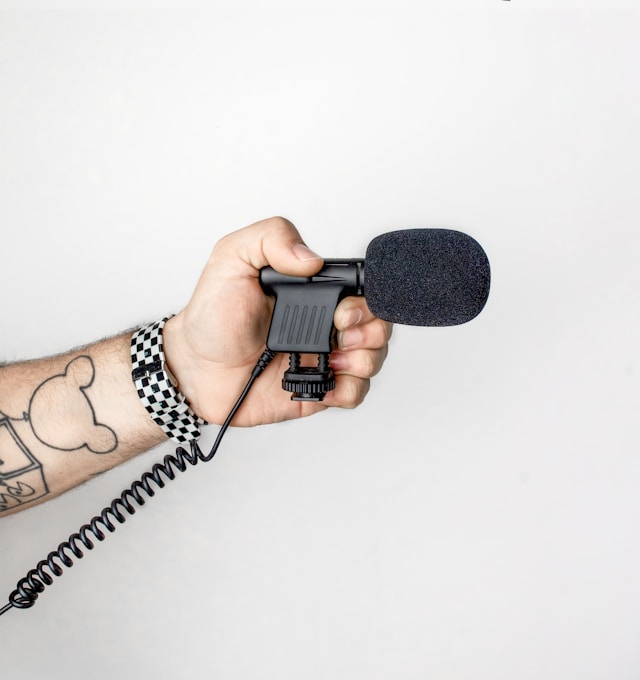In the dynamic world of advertising, where brands compete for the attention of consumers across multiple platforms, the role of commercial voiceovers has emerged as a powerful tool for conveying brand messages with impact and authenticity. Whether it’s a television commercial, radio advertisement, or online video, the voiceover serves as the voice of the brand, delivering messages that resonate with audiences and drive engagement. In this article, we explore the significance of commercial voiceovers in modern advertising and the key elements that contribute to their effectiveness.
1. Establishing Brand Identity:
– A well-executed commercial voiceover plays a crucial role in shaping the identity and personality of the brand.
– Whether it’s a playful and energetic tone for a youth-oriented brand or a sophisticated and authoritative tone for a luxury brand, the voiceover sets the tone and creates a lasting impression on the audience.
2. Engaging the Audience:
– Effective commercial voiceovers have the ability to captivate and engage audiences from the very first word.
– By leveraging vocal inflection, pacing, and emotion, voiceover artists can create a connection with listeners, drawing them into the narrative and compelling them to pay attention to the brand message.
3. Conveying Clarity and Conviction:
– Clarity and conviction are essential qualities of a successful commercial voiceover.
– The voiceover artist must convey the brand message clearly and convincingly, ensuring that the audience understands the key points and feels compelled to take action.
4. Evoking Emotion:
– Emotion is a powerful driver of consumer behavior, and commercial voiceovers have the ability to evoke a wide range of emotions in listeners.
– Whether it’s excitement, nostalgia, humor, or empathy, the voiceover artist can use vocal expression to create an emotional connection with the audience, making the brand message more memorable and impactful.
5. Tailoring the Voiceover to the Medium:
– Different mediums require different approaches to voiceover delivery.
– Whether it’s a short and punchy radio spot, a visually stunning television commercial, or an interactive digital ad, the voiceover artist must tailor their delivery to suit the specific requirements of the medium and platform.
6. Collaborating with Creatives:
– Effective commercial voiceovers are often the result of collaboration between the voiceover artist, creative team, and brand stakeholders.
– By working closely with directors, producers, and copywriters, the voiceover artist can ensure that their performance aligns with the overall vision and objectives of the advertising campaign.
7. Measuring Impact and Iterating:
– After the launch of a commercial campaign, it’s essential to measure its impact and effectiveness.
– By analyzing metrics such as brand awareness, ad recall, and consumer engagement, advertisers can gain insights into what’s working and what’s not, allowing them to iterate and optimize future campaigns for greater success.
In conclusion, commercial voiceovers play a vital role in modern advertising, helping brands to connect with audiences, convey their messages effectively, and drive engagement. By mastering the art of vocal delivery, collaborating with creatives, and leveraging the power of emotion, voiceover artists can create memorable and impactful brand experiences that resonate with consumers and drive business results.

